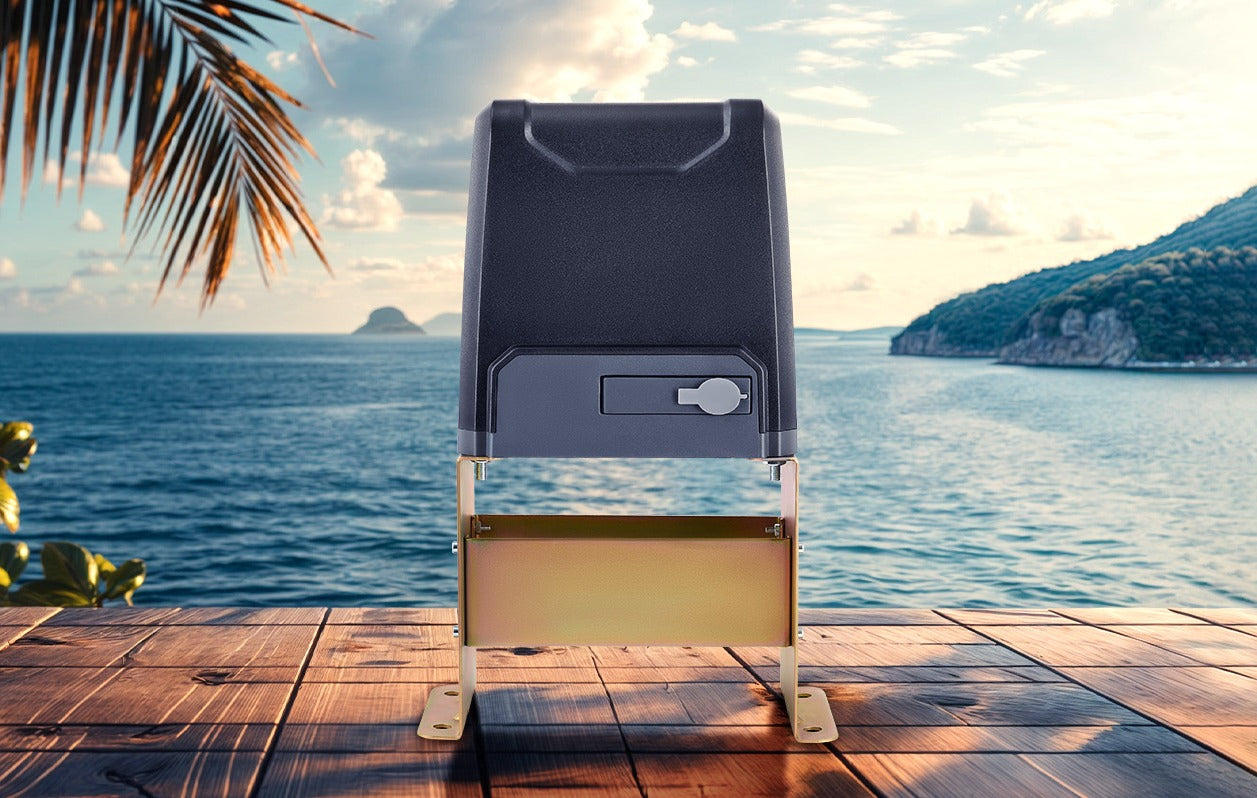Ultrasonic cleaners are often the first choice for a wide range of industries engaged in cleaning or processing operations. This is because ultrasonic cleaners are unparalleled in their effectiveness in removing contaminants from almost any kind of hard surface.
And because of their ability to disperse, mix and dissolve samples, they are also widely used as ultrasonic baths in the pharmaceutical and other processing industries. Also, there are many jewelry industries that use ultrasonic cleaners, for example for cleaning diamonds, or cleaning lenses, etc.
Choose the right ultrasonic cleaner for you, and with the right cleaning solution, you can make the items you want to clean look new again!
So, how do we choose an ultrasonic cleaner?
1. What is the purpose of this ultrasonic cleaner?
Although our machine is generally referred to as an ultrasonic cleaner, this unit does much more than clean parts, whether it's to clean engine parts, injection molds or parts needed for accessories in surgical procedures for medical purposes.
As mentioned above, they are also used to degas solvents, disperse nanoparticles and emulsify, dissolve, disperse and otherwise prepare laboratory samples. If your task is to clean some delicate parts, or to clean your or your family's jewelry, choose an ultrasonic cleaner that suits your purpose!
2. How big an ultrasonic cleaner you needed?
First of all, we need to consider the size of the ultrasonic cleaner, as a home machine, we do not need a very large one, so the size of the machine we choose should accord to our demand. We also need to clarify the size of the ultrasonic cleaning tank, if you want to clean many different parts at the same time, you may need a basket to put these small parts, the basket can make small parts away from the bottom or side of the tank, because in the cleaning process on the tank wall vibration may damage the parts. If this basket is large, then the cleaning tank must be sized to accommodate the basket.
Related products:
- 6 Liter Ultrasonic Cleaner with Digital Timer and Heater
- 10L Ultrasonic Cleaner with Digital Heater and Timer
3. Choose the frequency of ultrasonic cleaning machine
The frequency of ultrasound determines the energy level of cavitation bubbles that produce cleaning action in the cleaning solution. Low frequency will produce larger, more energetic bubbles, thus enabling more efficient cleaning, while high frequency will produce smaller and low-energy bubbles. Low frequency between 25 kHz and 40 kHz is suitable for cleaning hard surfaces or removing oil, but if the surface of the part is soft, these frequencies will produce pitting. The ideal frequency for an ultrasonic cleaner depends on the material of the object it is to clean, the size of the surface and the nature of the contamination.
4. The cleaning chemicals used in ultrasonic machine
The correct chemical composition of the cleaning solution is as important as the ultrasonic frequency, power and other points introduced in this article, the most commonly used chemicals are divided into three categories: alkaline, acidic and neutral. Industrial ultrasonic cleaners can use deionized water for light cleaning, but some heavier cleaning applications can benefit from the use of soaps, detergents or mild solvents. If a specific contaminant is difficult to clean, a contaminant-specific solvent will often speed up cleaning and improve cleaning performance. Mild soaps and detergents can help clean oily residues, but usually without harsh chemicals.
5. Degas and Pulse
Ultrasonic cleaner models are available in either or both Degas and Pulse, or neither. When filling your tank with fresh cleaning solution, you must degas the solution to remove trapped air that inhibits cavitation. degas mode allows you to start cleaning sooner after filling the tank.
Pulse mode provides intermittent spikes of very high ultrasonic power to remove stubborn contaminants. Pulse mode also allows for very effective degassing of solutions. To degas solvents, choose a model with a degassing mode or a pulsed mode. Ultrasonic cleaners without these modes will also degas your solution, but at a slower rate.
If you are considering where to buy an ultrasonic cleaner for your jewelry, or delicate instruments, we recommend that you buy from coz, you will get an ultrasonic cleaner at an affordable price and thoroughly clean your jewelry, which will make your job much easier. Finally, we hope that this article should help you to choose an ultrasonic cleaner that will best meet your requirements!
Frequently Asked Questions
Q1: What should I consider when choosing an ultrasonic cleaner?
A1: First, consider the purpose—cleaning delicate jewelry, engine parts, or laboratory samples require different machines. Match the cleaner’s size and tank capacity to your needs.
Q2: How big should the ultrasonic cleaner be?
A2: The tank size should fit your items comfortably. For multiple small parts, consider using a basket to avoid damage and ensure effective cleaning.
Q3: Can I use ultrasonic cleaners at home?
A3 Absolutely! Many small ultrasonic cleaners are affordable and effective for cleaning jewelry, watches, glasses, and small tools right at home.
Q4: Can ultrasonic cleaners damage delicate items?
A4: If used improperly, high ultrasonic frequencies or long cleaning times can damage delicate items. It’s important to select the right frequency and cleaning duration for fragile materials and always follow the manufacturer's guidelines.
Q5: Do ultrasonic cleaners work on all types of dirt and grime?
A5: Ultrasonic cleaners are excellent for removing dirt, oils, grease, and small particles, but they might not remove heavy rust or large deposits. For tough residues, combining ultrasonic cleaning with appropriate chemical solutions or manual cleaning may be necessary.


